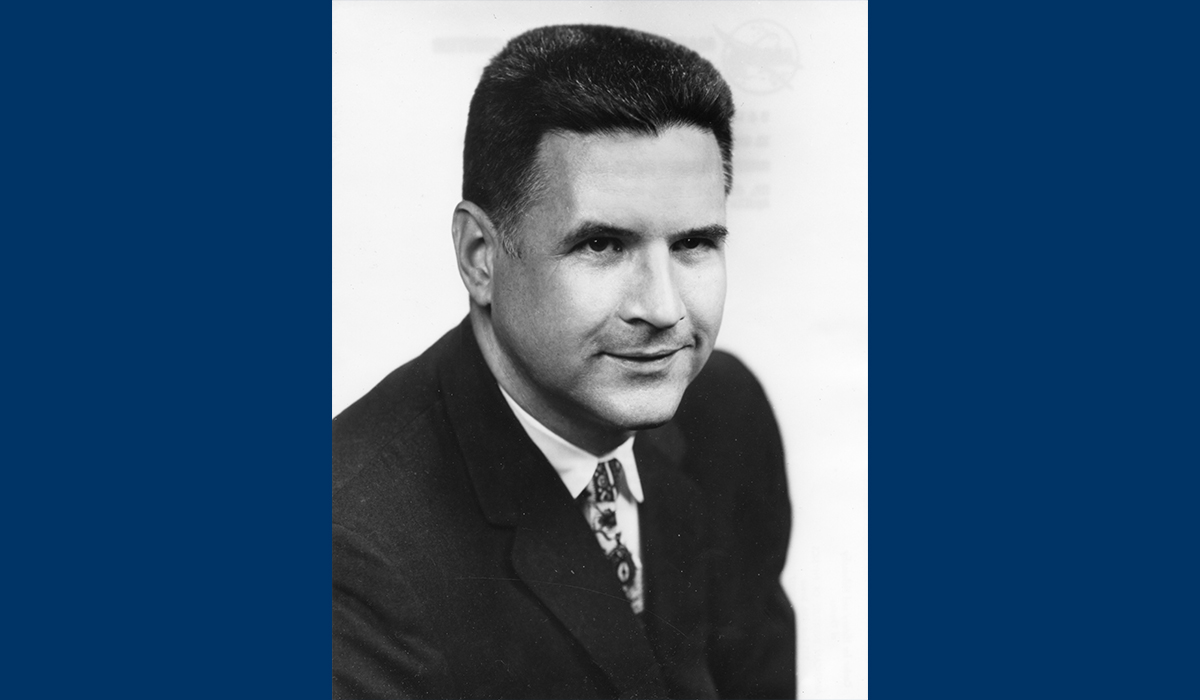JOSEPH FRANCIS SHEA, ’49, MSE’50, PhD’55, joined NASA in 1961 as deputy director of the Office of Manned Space Flight. Among other logistical and engineering questions that he had a hand in addressing, Shea helped investigate and advocate for the lunar orbit rendezvous (LOR) method of astronaut transport, which is a process for landing humans on the moon and safely returning them to Earth. LOR would go on to be utilized by NASA over the next two decades. In October 1963, Shea became the manager of the Apollo Spacecraft Program Office, giving him direct oversight of the design and construction of the Apollo command and the lunar modules. Though his tenure saw many successes, tragedy came on January 27, 1967, when three astronauts perished in a cabin fire during a launch rehearsal test of the command module. Their unfulfilled mission was posthumously honored with the Apollo I designation. Shea left NASA later that year, the accident and the subsequent investigation taking a toll. He went on to executive careers at Polaroid and Raytheon, and then a professorship at the Massachusetts Institute of Technology.
For a list of other notable U-M grads, visit umalumni.com/notable-alumni.





